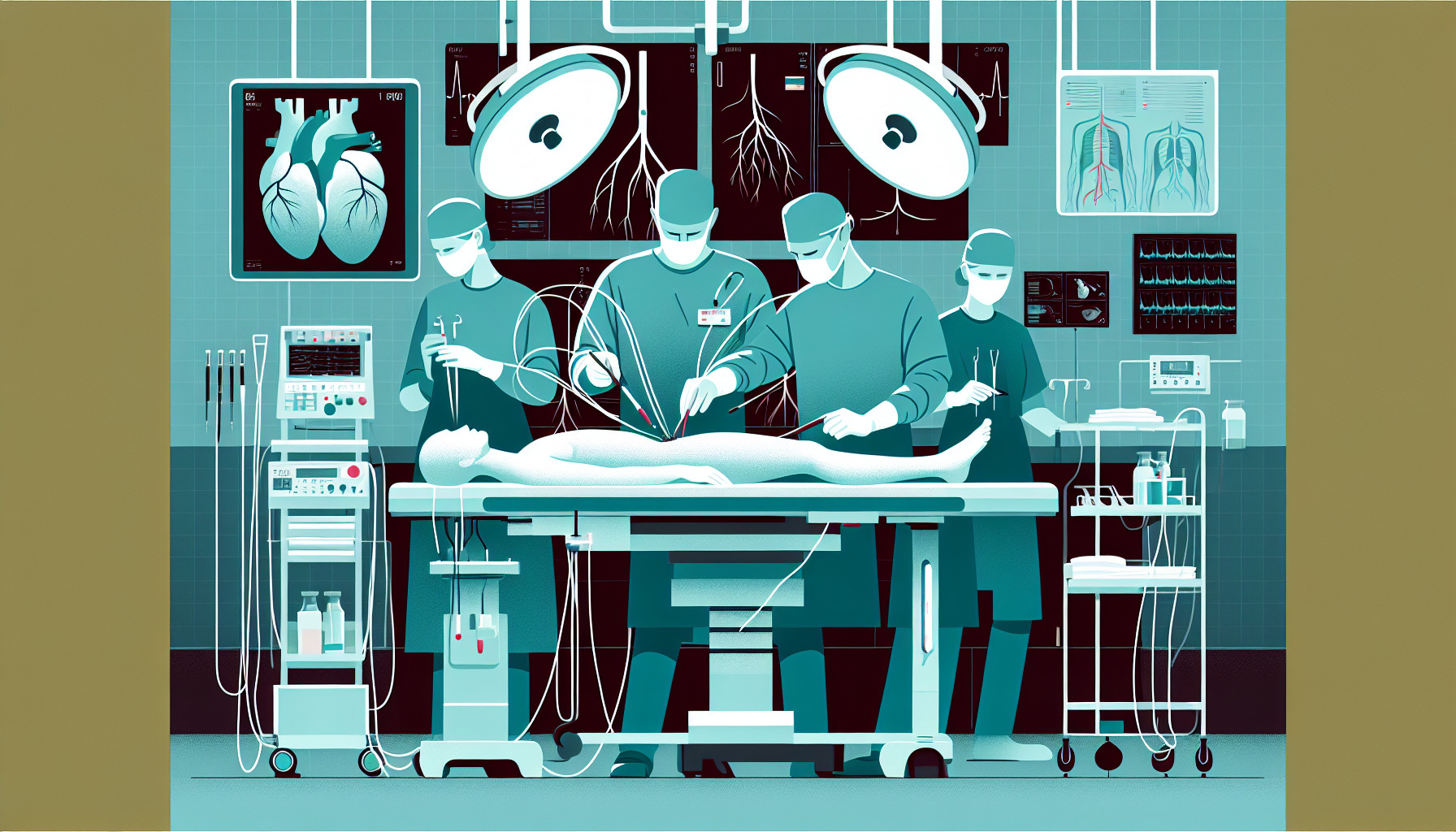Our Summary
As cases of cardiovascular disease rise, so too does the need for small synthetic blood vessels to be used in bypass surgery. Current synthetic blood vessels are really strong, but they don’t interact well with water and aren’t flexible, which leads to a high rate of failure when used in small bypasses. This has led to a lot of research to find new materials that are still strong, but work better with the body.
Over the years, a type of silk made by silkworms has been identified as a promising material for these synthetic blood vessels. Progress in this area has been made possible by advances in how the silk is made, which now allows for control over its strength, structure, and how it interacts with the body. Silk can now be made to mimic the properties of natural blood vessels, quickly recover the cell layer that lines vessels, and encourage positive changes to the blood vessels by controlling local inflammation. This article reviews the progress made in purifying, processing, and modifying silk to create strong synthetic blood vessels that show promise for future use in medicine.
FAQs
- What are the limitations of current synthetic blood vessels used in bypass surgery?
- How does silk made by silkworms offer a solution for synthetic blood vessels?
- What advancements have been made in the processing of silk for use in synthetic blood vessels?
Doctor’s Tip
One helpful tip a doctor might give a patient undergoing vascular bypass surgery is to ask about the materials being used for the bypass. Patients can inquire if the surgeon plans to use traditional synthetic materials or newer silk-based materials that have shown promising results in research. Patients can discuss the potential benefits and risks of using silk-based materials with their doctor to determine the best option for their specific case. It’s always important for patients to be informed and proactive in their healthcare decisions.
Suitable For
Patients who may be recommended vascular bypass surgery include those with:
- Peripheral artery disease (PAD): a condition in which narrowed arteries reduce blood flow to the limbs, causing symptoms such as leg pain, cramping, and numbness.
- Coronary artery disease: a condition in which plaque buildup in the arteries restricts blood flow to the heart, leading to chest pain, shortness of breath, and other symptoms.
- Carotid artery disease: a condition in which plaque buildup in the carotid arteries, which supply blood to the brain, increases the risk of stroke.
- Renal artery disease: a condition in which narrowed or blocked arteries to the kidneys can lead to high blood pressure and kidney damage.
- Aneurysms: a condition in which weakened blood vessels bulge or balloon out, increasing the risk of rupture and potentially life-threatening bleeding.
Overall, patients who have severe blockages or narrowing in their blood vessels that cannot be treated with medication or less invasive procedures may be candidates for vascular bypass surgery. Additionally, patients who have had previous bypass surgeries that have failed or who have complications with their existing bypass grafts may also be recommended for a vascular bypass procedure using synthetic blood vessels.
Timeline
- Patient is diagnosed with cardiovascular disease and recommended for vascular bypass surgery.
- Patient undergoes pre-operative tests and evaluations to assess their overall health and suitability for surgery.
- Surgeon determines that a vascular bypass is necessary and discusses the procedure with the patient, including potential risks and benefits.
- Synthetic blood vessels made from silk are chosen as the material for the bypass.
- Surgery is performed, with the silk blood vessels being used to create the bypass.
- Patient undergoes post-operative care and monitoring to ensure proper healing and function of the bypass.
- Over time, the silk blood vessels integrate with the patient’s body, promoting healing and reducing the risk of complications.
- Patient experiences improved blood flow and reduced symptoms related to their cardiovascular disease.
- Patient continues to be monitored for long-term outcomes and potential need for additional interventions.
What to Ask Your Doctor
- What are the benefits of using silk as a material for synthetic blood vessels compared to traditional materials?
- What is the success rate of using silk synthetic blood vessels in bypass surgery compared to other materials?
- Are there any potential risks or complications associated with using silk synthetic blood vessels in bypass surgery?
- How long do silk synthetic blood vessels typically last in the body?
- How does the process of purifying, processing, and modifying silk for use in synthetic blood vessels work?
- Are there any ongoing clinical trials or research studies investigating the use of silk synthetic blood vessels in bypass surgery?
- How does silk interact with the body differently compared to other materials used for synthetic blood vessels?
- How customizable are silk synthetic blood vessels in terms of strength, structure, and interaction with the body?
- What is the recovery process like for patients who have undergone bypass surgery using silk synthetic blood vessels?
- Are there any specific lifestyle changes or precautions that patients should take after receiving silk synthetic blood vessels in bypass surgery?
Reference
Authors: Lam YT, Tan RP, Michael PL, Lau K, Yang N, Rnjak-Kovacina J, Wise SG. Journal: Biochem Soc Trans. 2021 Nov 1;49(5):2271-2286. doi: 10.1042/BST20210359. PMID: 34495327
